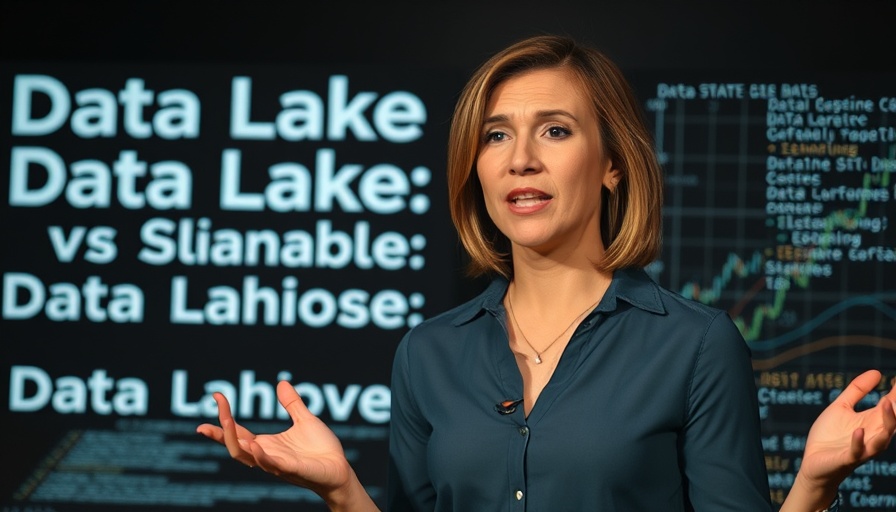
The Power of Apple’s Hardware-Software Synergy
In recent years, Apple has positioned itself as a leader in technological innovation, not just through its products but also via its intricate control over hardware and software integration. By managing both sides of the tech equation, Apple ensures that its devices operate with remarkable efficiency and seamless performance. This unique synergy is especially evident in the company's AI capabilities, providing lower latency and optimized power consumption for on-device processes.
In 'Apple's Advantage: Hardware-Software Synergy', the discussion dives into the intricacies of Apple's integrated tech approach, exploring key insights that sparked deeper analysis on our end.
Enhanced Privacy and Security Controls
One of the standout features of Apple's approach is its commitment to privacy and security. With end-to-end hardware control, Apple grants users granular control over what third parties may access, significantly reducing risks associated with privacy breaches. This strategy extends beyond basic security features, creating a protective ecosystem where both the hardware and software elements are tightly interwoven to enhance user trust and data safety.
Stability and Efficiency Across Ecosystems
Apple's tight control over its integrated ecosystem allows it to deliver not just continuity but also stability across its devices. This becomes critical, especially as new technologies emerge. When Apple develops new chips or features, the streamlined integration means that updates are quickly adopted across devices such as the iPhone and Mac. For African business owners and tech enthusiasts, this stability is an essential factor, as it translates into a reliable user experience that can foster innovation and productivity.
The Future of AI and Technological Collaboration in Africa
As policies and governance structures evolve in Africa, Apple’s hardware-software synergy could serve as a blueprint for local technology firms aspiring to improve their own ecosystems. Observing and adapting similar strategies may lead to increased efficiency, privacy, and performance across a range of devices, optimizing them for local markets. This is particularly relevant for educators, policymakers, and community members, who seek to understand how technology can play a pivotal role in socio-economic growth.
Identifying Opportunities for Innovation
With the continuous rise of artificial intelligence, companies worldwide are vying to harness its potential. In Africa, the concept of AI policy and governance takes on distinctive characteristics, tailored to local needs. By aligning technological advancements with the cultural and economic landscapes, African innovators can draw on examples such as Apple's successful model. This approach not only exemplifies innovation but also sheds light on the potential challenges and opportunities unique to the African continent.
Creating a Path Forward
The insights gleaned from companies like Apple underscore the importance of combining hardware proficiency with software functionality to achieve optimal outcomes. As African business owners and tech enthusiasts explore this synergy, they are encouraged to consider how such frameworks can be effectively implemented in their own ventures. Understanding the nuances of privacy, security, and ecosystem integration will be crucial in navigating this path forward in technology.
For educators and policymakers, initiatives that advocate for comprehensive AI policies and governance are paramount. As we delve further into the implications of this rapidly changing landscape, it’s essential to emphasize collaboration among various stakeholders. By working together, Africa can build a robust technological framework that empowers its citizens and propels the continent into future advancements in AI and other emerging technologies.
 Add Row
Add Row  Add
Add 




Write A Comment